
Jonathan Hodgson was awarded second place in the 2025 Soil Farmer of the Year competition. Find out more about the competition here.
Farming 285 ha in East Yorkshire, Jonathan’s approach to achieving a profitable farm system includes implementing a diverse rotation, reduction of inputs and integration of sheep onto arable land. The transition to prioritising soil in farm management decisions began in 2019, when he sold most of his cultivation equipment and bought a strip till drill.
Jonathan explains that at the time the switch to strip tillage was a financial decision, propelled by the phase out of the Basic Payment Scheme (BPS) and high cost of farm machinery.
“2019 was a wet year, making it a tough time to change, and 2020 was unfortunately not much better,” he says.
While there was an initial reduction in yields in the first two years, Jonathan trusted that reducing tillage would eventually lead to better results.
“I just kept my focus on what we were doing being both the right thing for the business and the soil,” he says.
Soil informed management
Great Newsome Farm’s medium clay soils are high in magnesium and prone to becoming tight. Jonathan applies gypsum as a soil conditioner, to help the soil stay more open by flocculating clay particles and enhancing nutrient availability. He applies 120 -130 tonnes per year over 60 hectares per year, doing some fields each year via rotation.
Jonathan also grows cover crops, catch crops and herbal leys across the farm. These reduce soil erosion by maintaining an ‘armour’ on the surface while no cash crop is growing.
The mix of species in the mixes also support soil health. Daikon radish has a deep tap root, penetrating the soil layers to improve drainage and water uptake. Buckwheat increases the availability of phosphate, while linseed and phacelia improve soil structure and root diversity.
Traffic is confined to tramlines, compaction is managed with minimal disturbance subsoilers, and livestock integration adds organic matter and grazing benefits.
“We’re now finding 20–30 worms per spade, across all species groups. That tells me the soil biology is really coming alive,” says Jonathan.
Diversified rotation
The farm remains predominantly arable, with the rotation is focusing around first wheat. Break crops including winter beans, flax, industrial hemp, oilseed rape, oats and winter barley.
Flax has been grown as a cash crop for four years. While the seed is expensive, it has a beneficial impact on the soil, as its fibrous deep roots improve soil structure, resulting in a great crop of whatever follows it in the rotation. Jonathan has grown the flax for industrial use and for seed. Hemp has been grown in the rotation for just one year. Like flax, the seed is expensive but it is also very deep rooting, so brings soil benefits while being a profitable break crop to grow.
Currently, 11 ha of the farm’s arable land is down as a herbal ley, while cover and catch crops are used regularly to ensure soil cover is maintained throughout the rotation.

Reducing inputs
One of the more striking ways Jonathan has improved farm profitability in recent years has been via the reduction of inputs. This started with field scale trials to test the impact of reducing fungicides, simply by missing a strip off the sprayer and observing that there was no difference in the crop.
Jonathan began managing agronomy on the farm in 2022. Some elements of input reduction have proved simple. For example, no insecticides have been applied for 6-7 years.
Managing use of fungicides requires a more nuanced approach. In the last two years Jonathan grew a wheat variety which did not need any fungicide, however with his 10-way wheat blend, he finds that may have to put one application of fungicide on it if one or two of the varieties develop yellow rust. Reducing fungicide use has provided a huge cost saving.
He has also stopped using seed dressings, which he describes as a ‘low hanging fruit’ type of saving. He now gets seeds tested to check for fusarium and also puts fish hydrolysate fertiliser and humic acid down into the soil at drilling. These provide food for microbes and create a biologically active around the seed, enabling quick establishment of a healthy plant, without use of seed dressings to prevent issues.
From a crop nutrition perspective, Jonathan uses SAP and Brix testing to monitor crop health and inform nutrition.
He has not used any chemical P or K input for 6-7 years, having found that he can rely on muck from the farm and the biological activity provided by cover crops to recycle nutrients and biomass back into the land. Use of buckwheat brings phosphate up towards the soil surface, making it more available to plants. Improving soil management by reducing disturbances and growing a greater variety of plants has meant plants can benefit from mycorrhizal fungi in the soil, which exchange nutrients and sugars with plants.
With nitrogen, application rates in wheat have been cut by 25%. Jonathan applies N little and often, always with a source of sugar such as molasses. Sugar provides a food source for the bacteria and fungi, so they do not go straight for the applied nitrogen, leaving it available for uptake by the crop. With reduced N use, Jonathan is also finding that the soil is becoming less acidic.
Integrating livestock to arable
As a mixed farm, there are contract reared pigs on-site, which provide manure for use on the arable land. In the last 12-24 months Jonathan’s nephew has also introduced a small suckler herd, which graze the areas of grassland and some cover crops and herbal leys.
The main integration of livestock has involved bringing in a flying flock of Easycare sheep to graze the cover crops at certain times of year.
“It’s been a good collaboration—beneficial for the soils without us needing sheep expertise in-house,” says Jonathan.
Usually, the sheep arrive in winter and are moved from one cover crop to the next until spring sowing begins. Jonathan shares that it can be a challenge as it depends on the sheep being available at the time when they are needed, but accommodating more grazing via the collaboration is something that he is looking to grow to further enhance the farm business resilience.
Payoff and resilience
The combined effect of reduced tillage, diverse rotations, input reduction, and livestock integration is visible in both soils and margins.
“It took three years to see real changes, but now the soil recovers quickly after drilling, and the business is more resilient. Fuel use has dropped from nearly 20 litres per hectare to about 12.”
Financially, reduced inputs and lower labour demands have improved margins, supplemented by Countryside Stewardship and SFI payments for practices such as direct drilling and cover cropping.
Looking ahead
Jonathan sees challenges not as setbacks but opportunities. A recent herbal ley termination left an unexpected understorey of clover and chicory beneath winter beans.
With the beans now harvested he has brought sheep in to take it down, but ideally he would like to remove the chicory but not the clover before establishing the next crop in it.
“These are the kinds of exciting challenges you face when you step away from mainstream practice,” he says. Interested in finding out more about how leading farmers have improved soil health and business profitability together? Check out the Soil Farmer of the Year archives to read case studies about previous years winners.



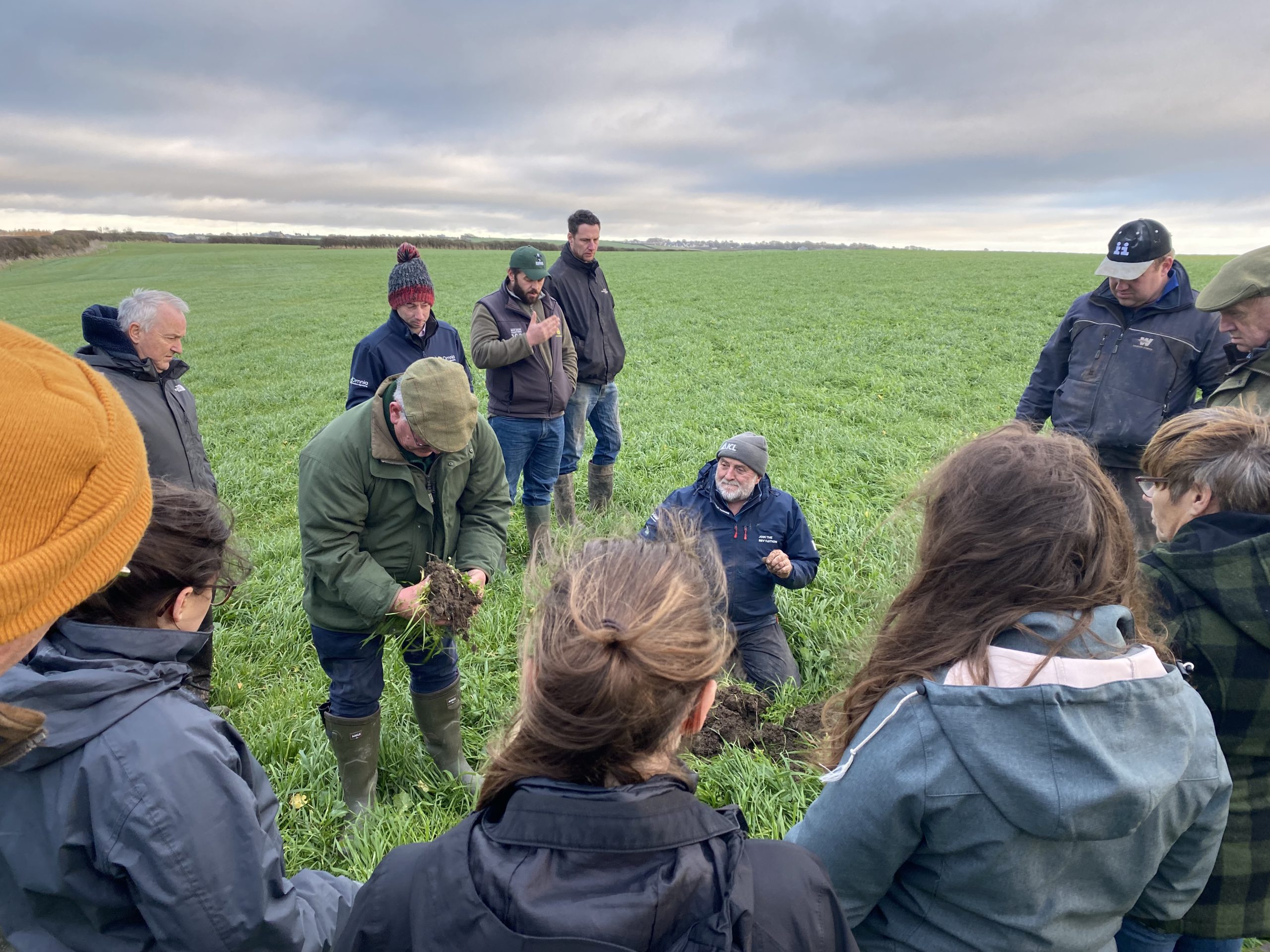
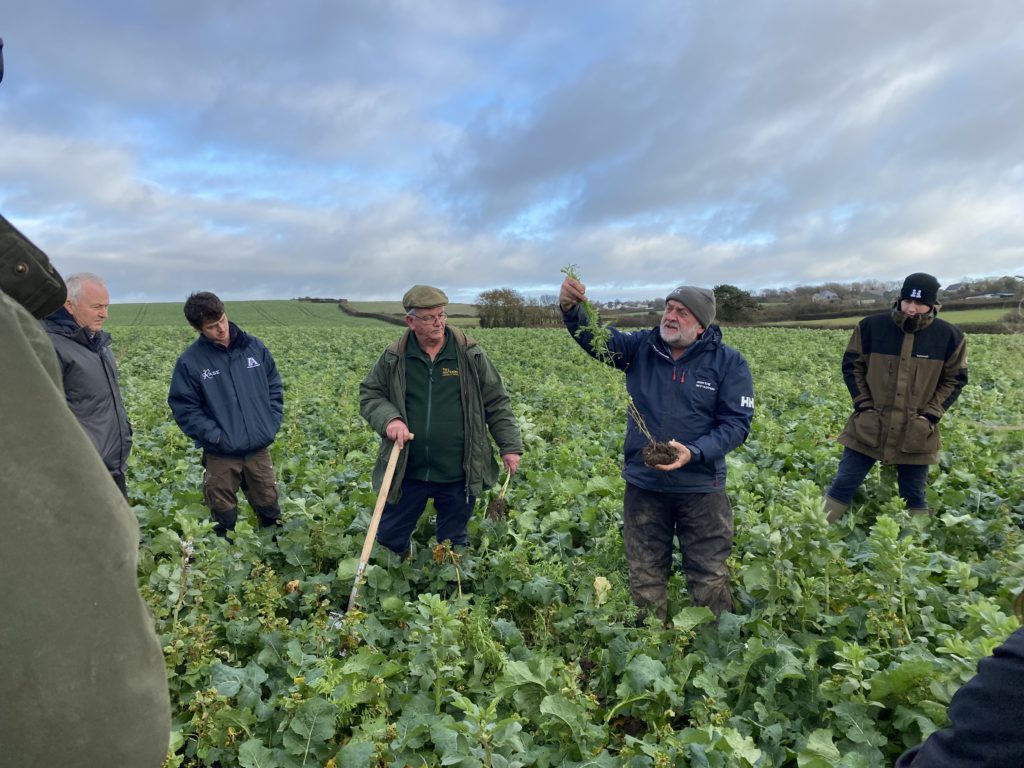
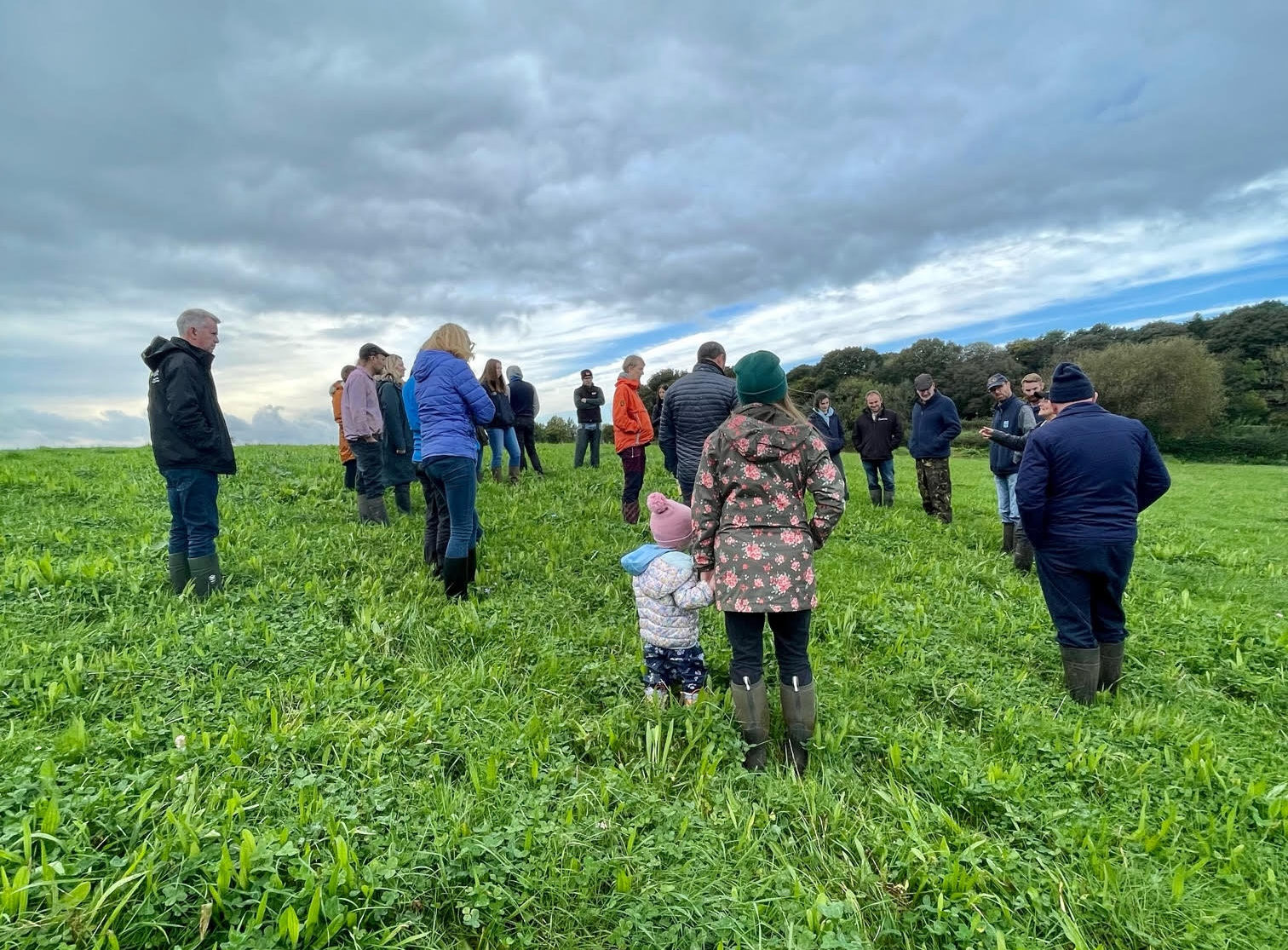
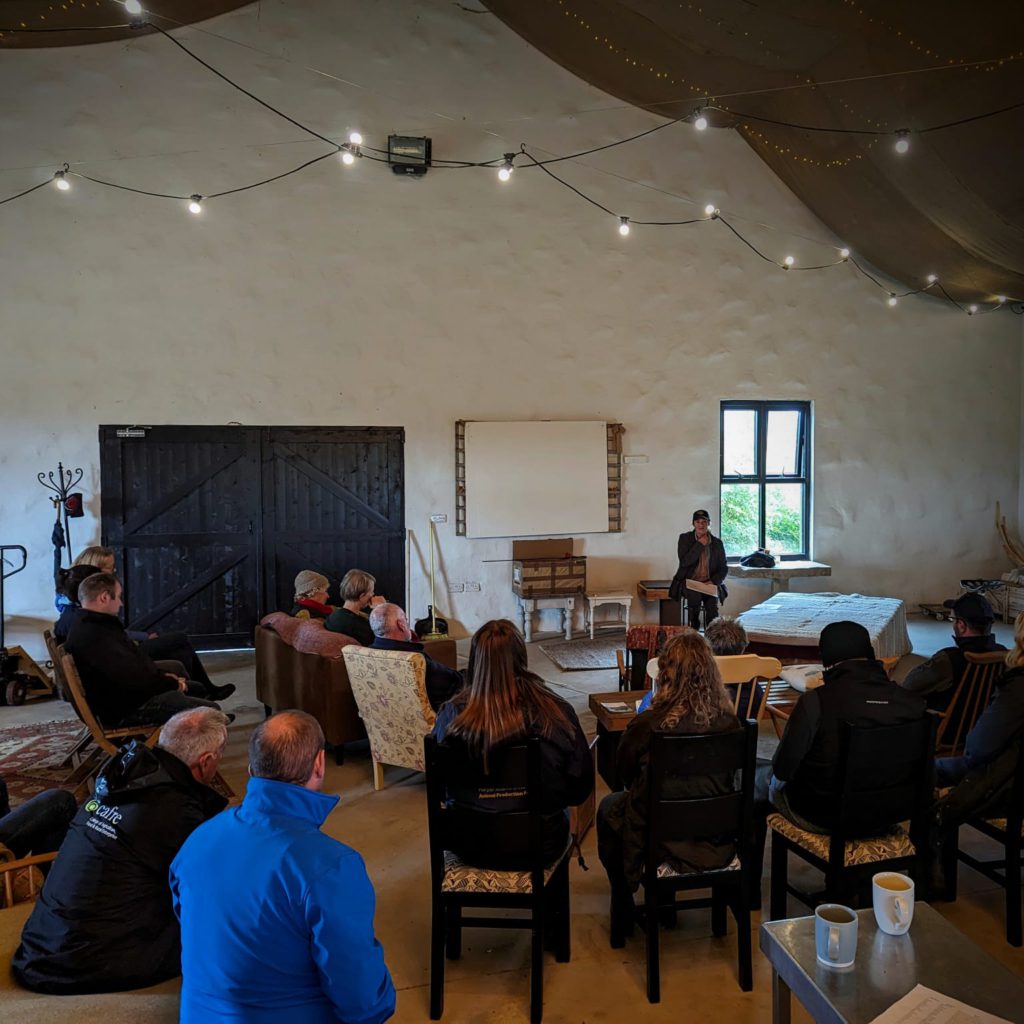
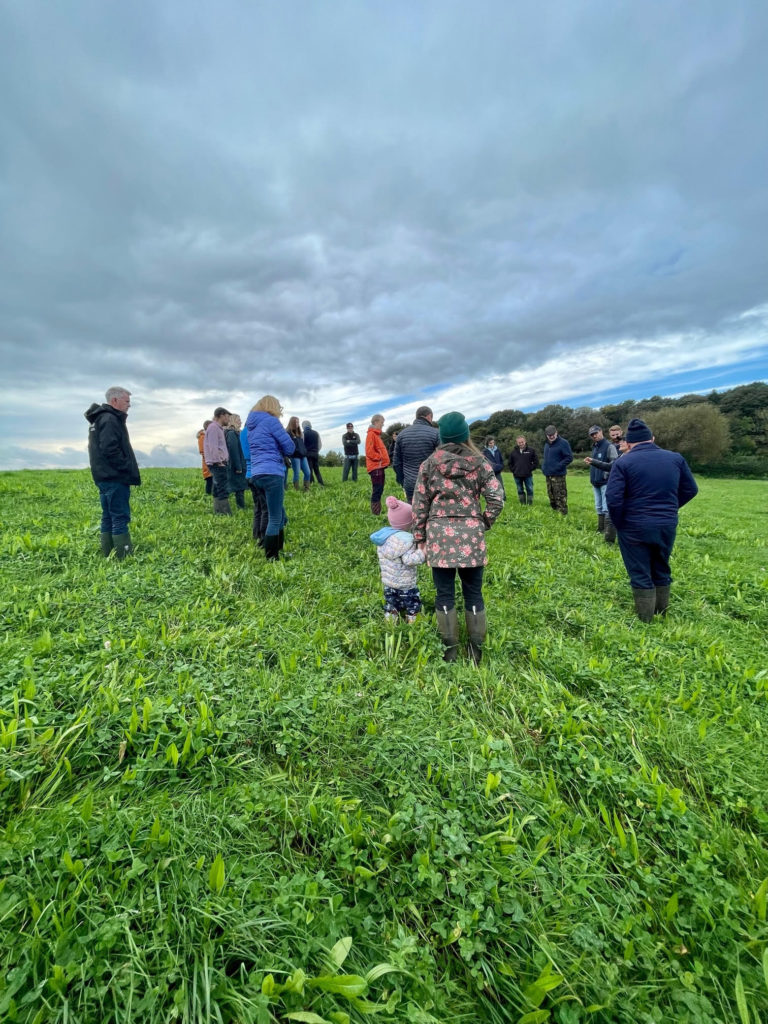


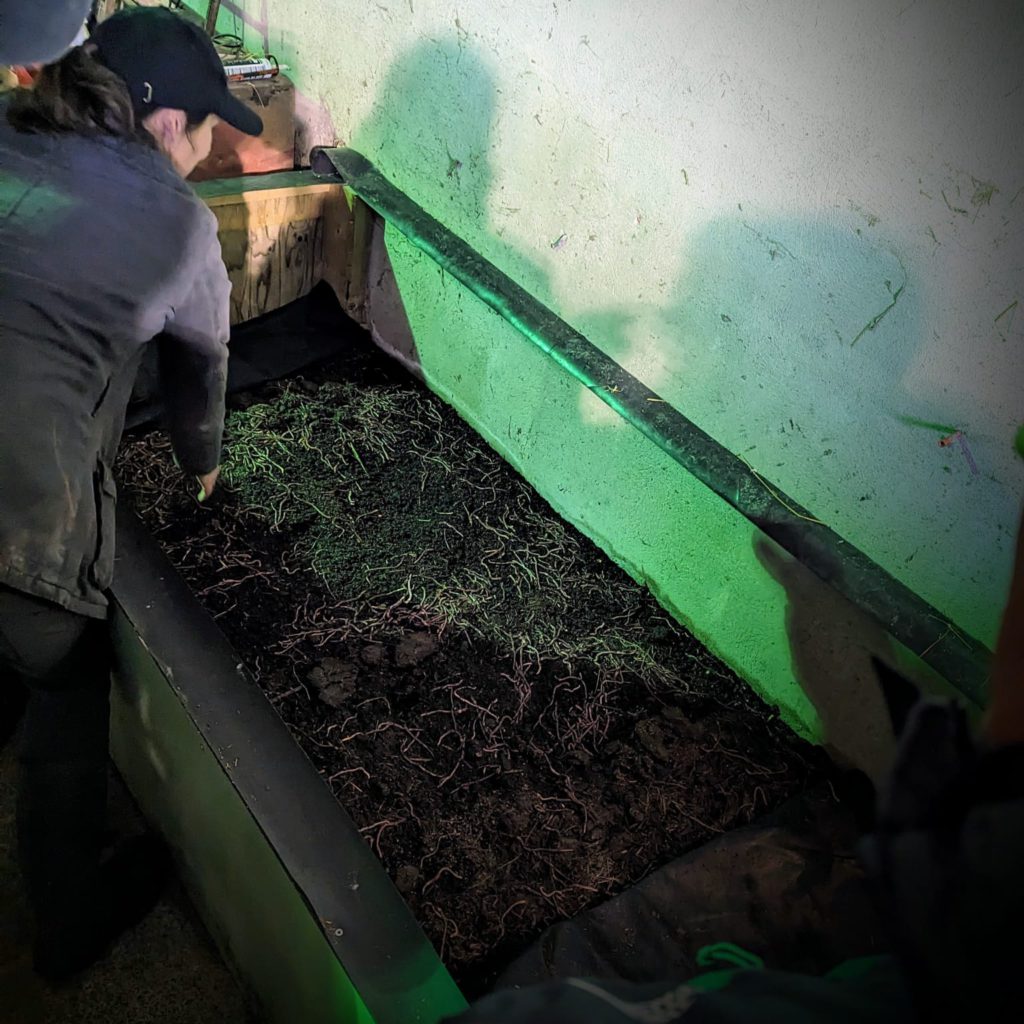
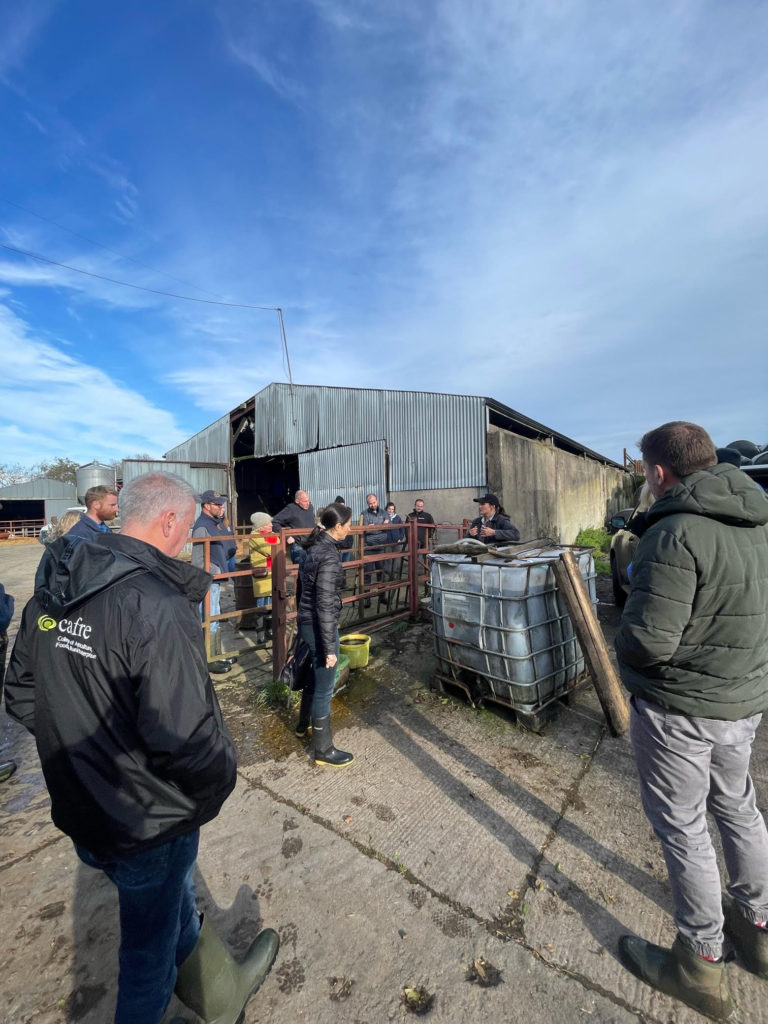


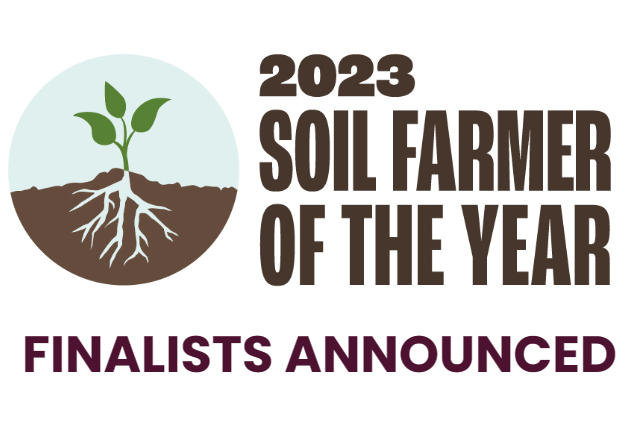
 Richard Antony, R&L Anthony Ltd, Bridgend
Richard Antony, R&L Anthony Ltd, Bridgend

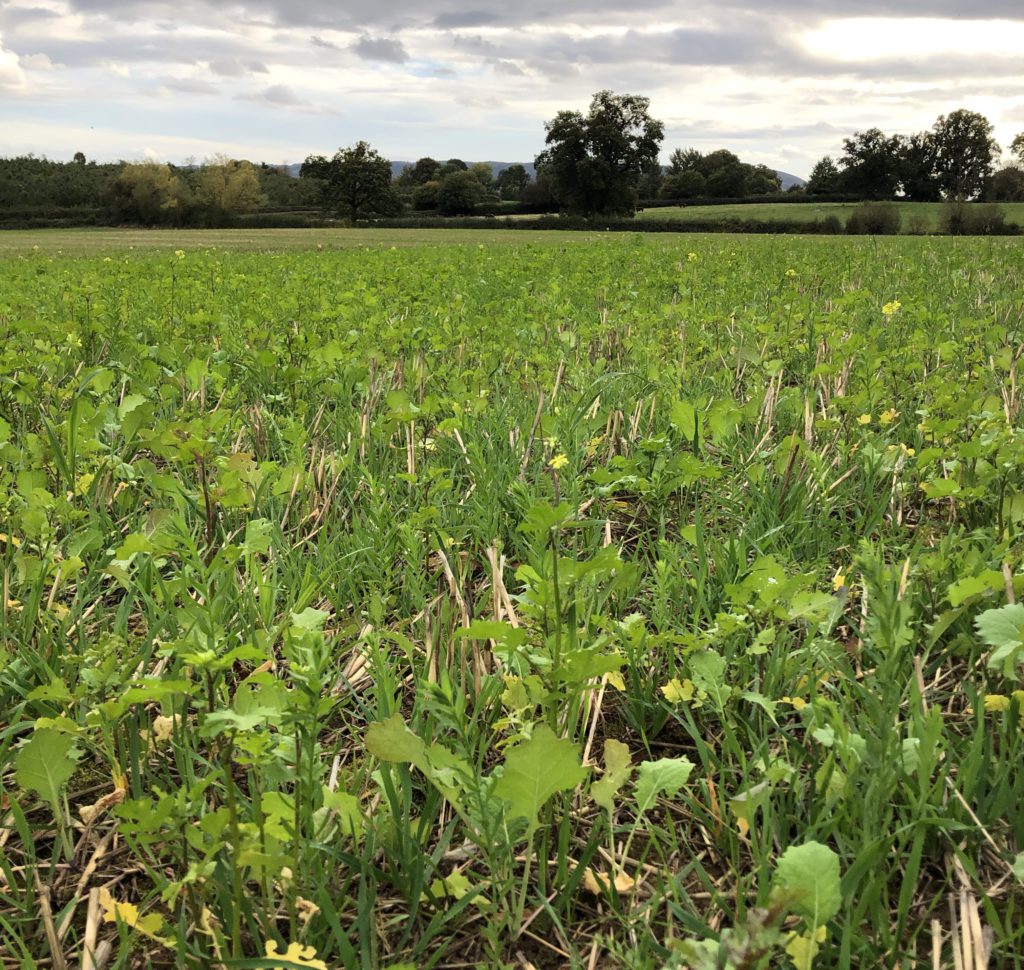
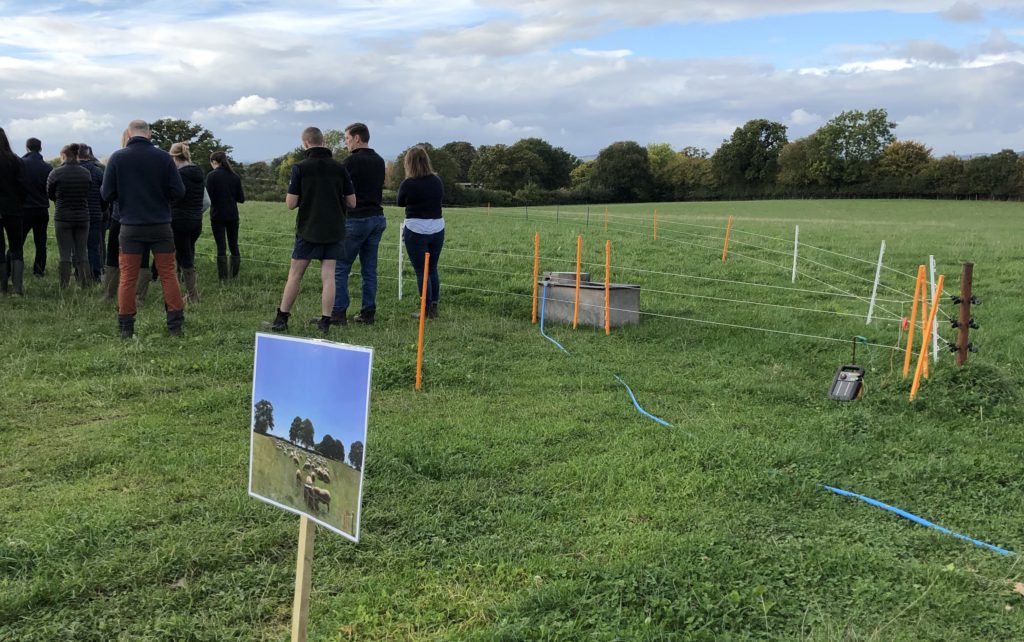

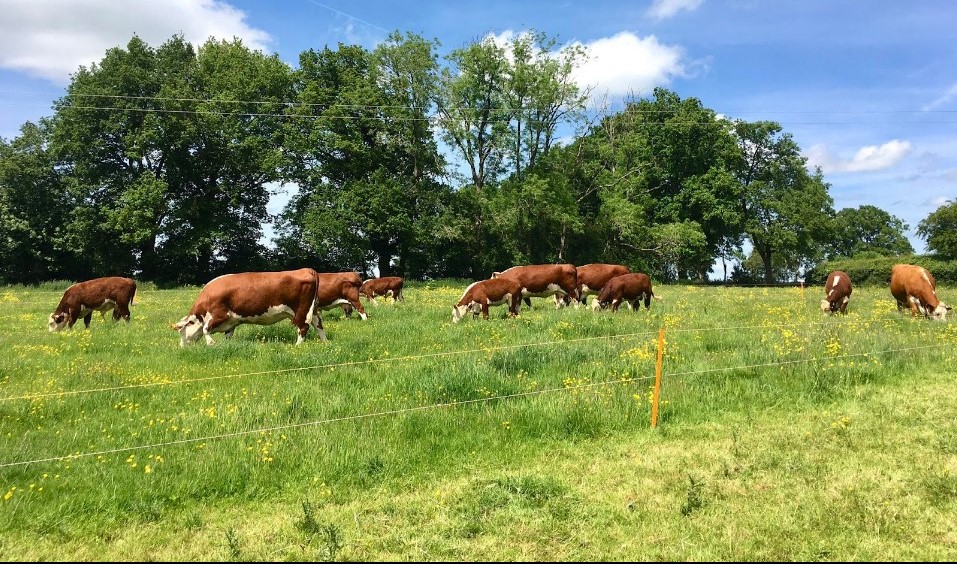
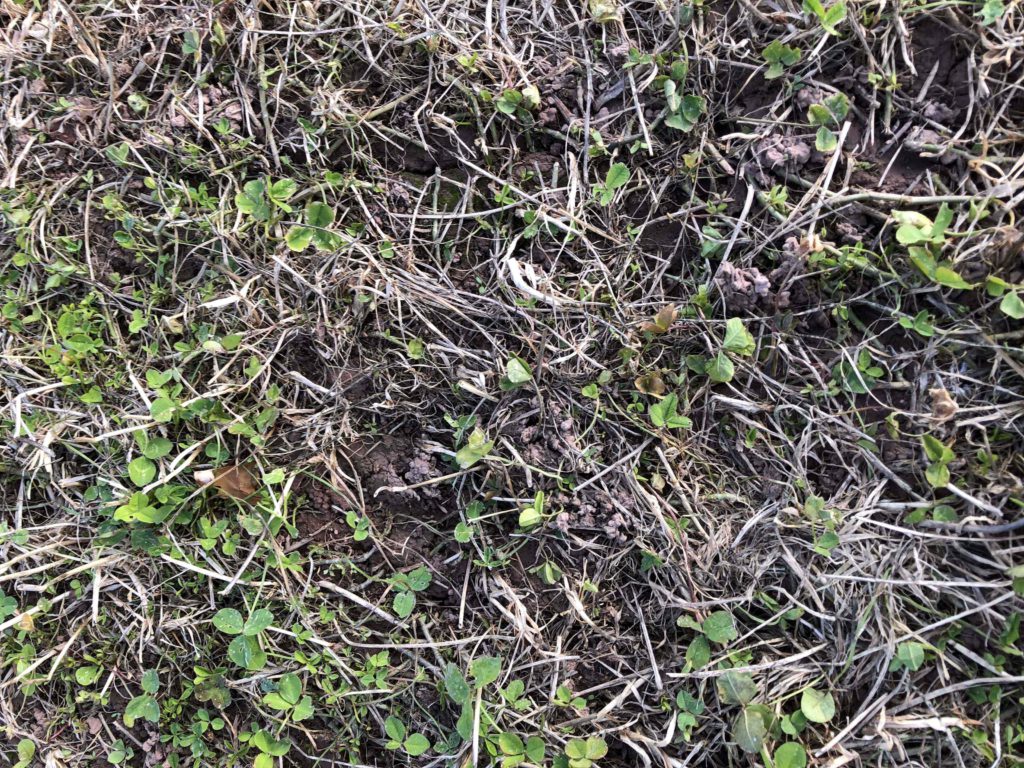
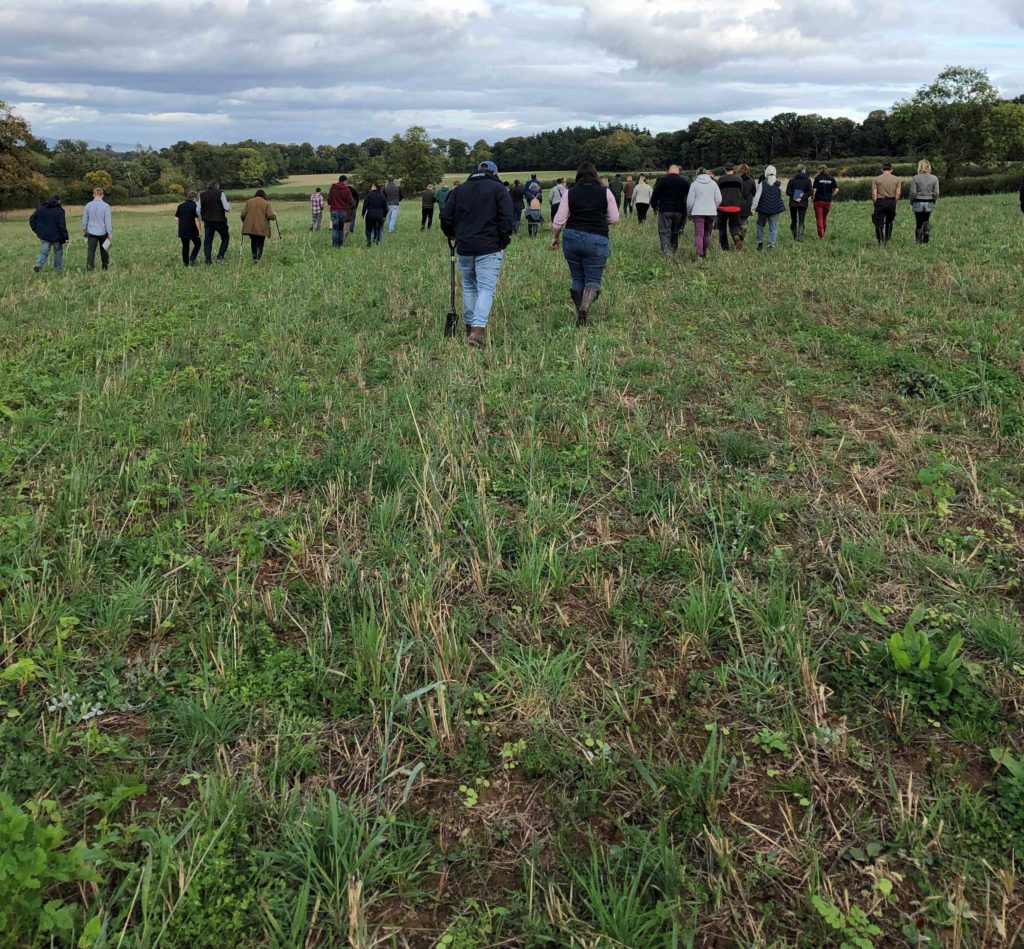
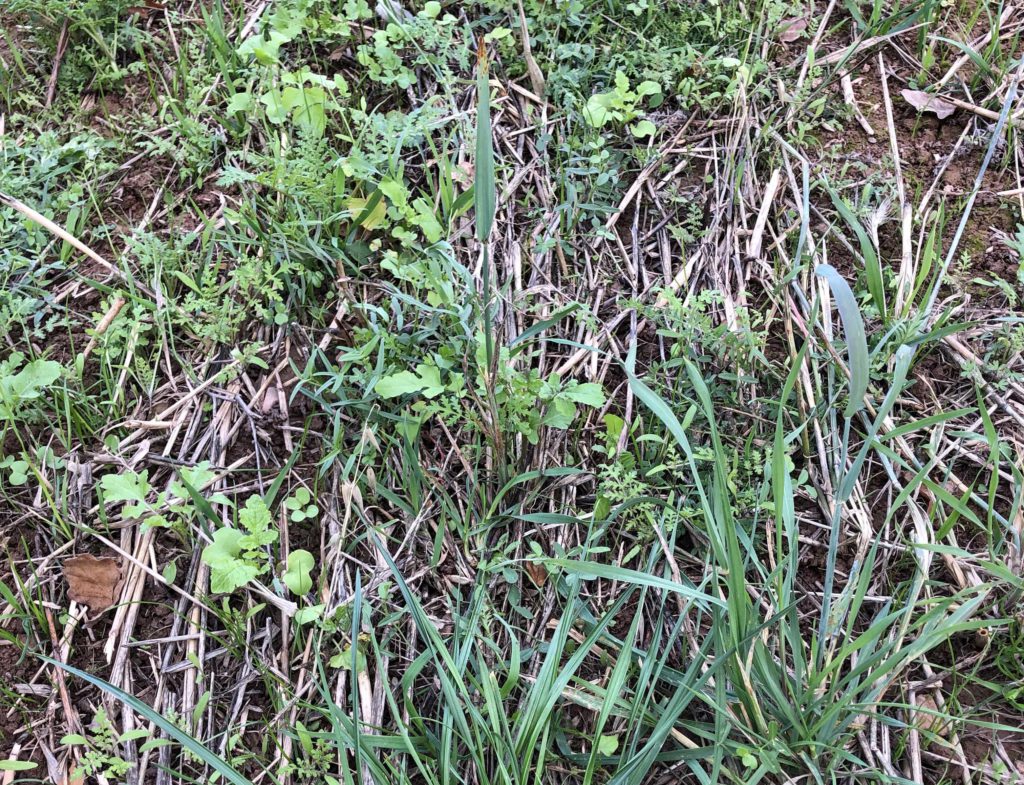

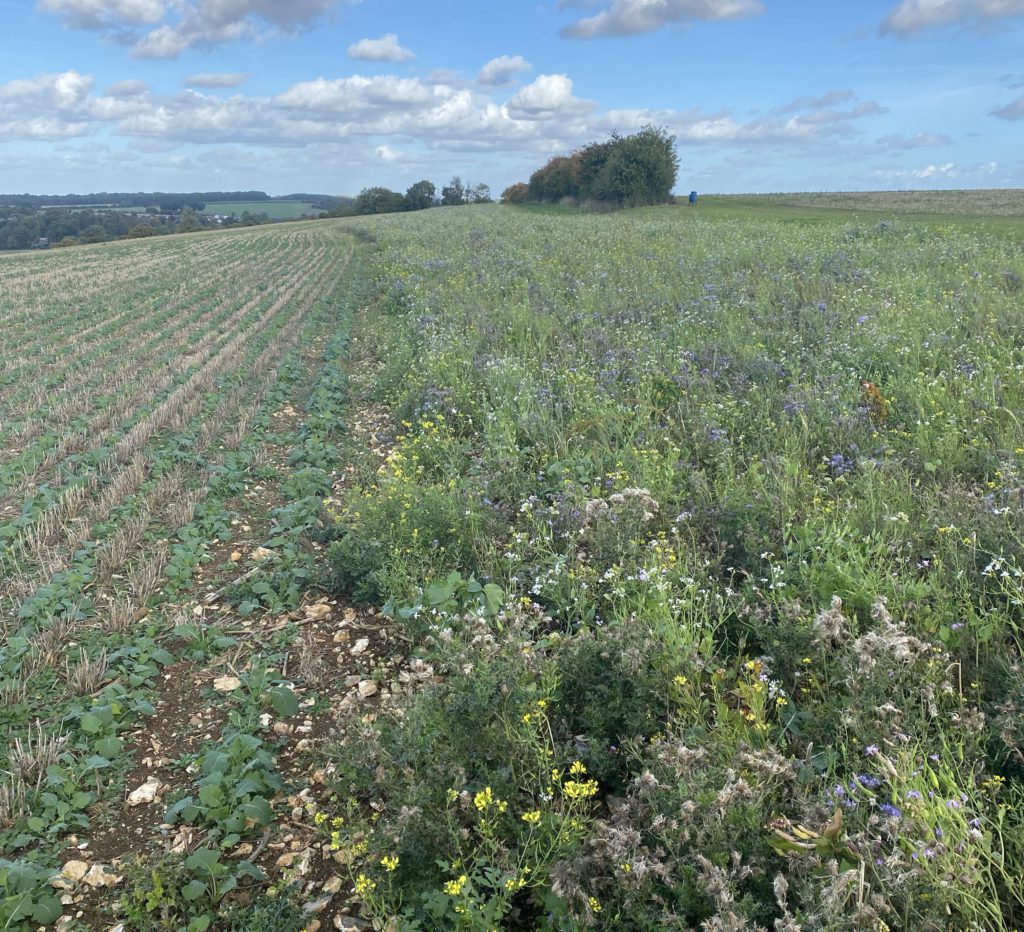


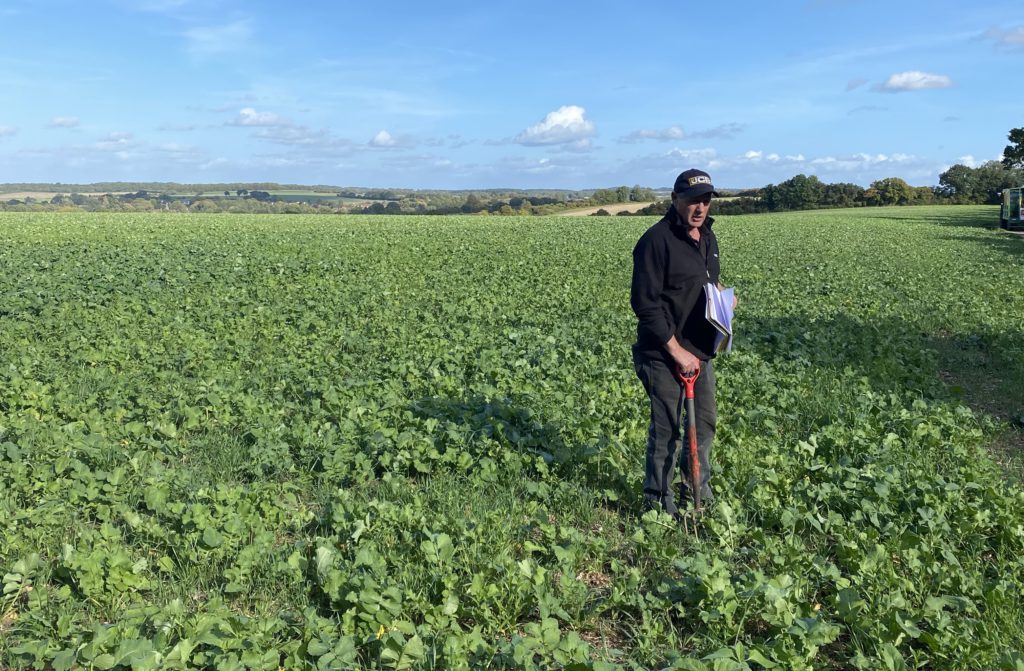

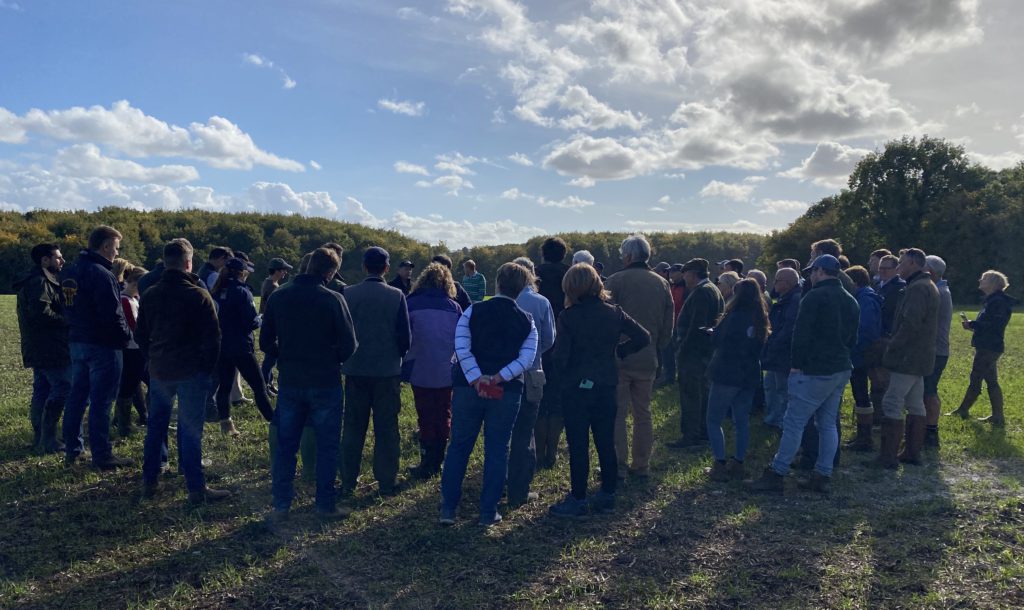



Recent Comments